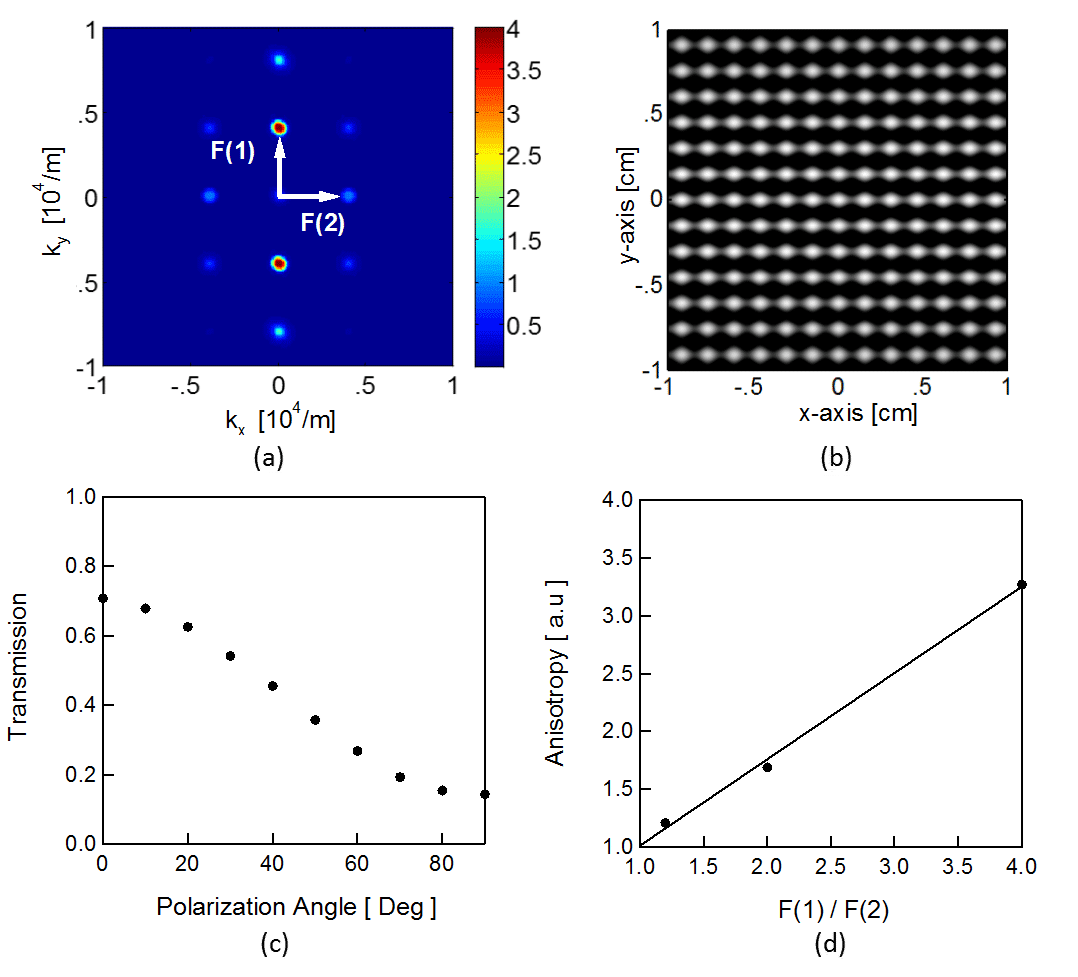
THz Plasmonic Filters created using a K-Space Design Technique
The versatility and high performance of a wide range of filters enable the interconnected society we enjoy today. While well-defined filter design methodologies exist for much of the electromagnetic spectrum, the THz region of the spectrum lags behind in filter complexity. Various approaches to creating filters in the THz region have been shown [1]. While different types of filters have been demonstrated, an approach is still needed that can show versatility in designing arbitrary frequency responses within a single design methodology.
In this submission we show a THz filter design methodology based on k-space structures allowing for greater versatility in creating different classes of filters with one approach. In this design methodology the designer is free to define a desired frequency response which is then mapped into k-space. The k-space representation is then transformed into the spatial domain. We then fabricate the device using a conventional ink-jet printer with conductive silver ink and resistive carbon ink in which the grey scale image is converted to one in which the conductivity varies spatially.

An example of such a filter is shown in Fig. 1, where the magnitude of F(1) and F(2) differ in k-space. The corresponding real space image (inverse Fourier transform of Fig. 1(a)) is shown in Fig. 1(b). The graph of absolute transmission at 0.18 THz versus the polarization of incoming radiation is shown in Fig. 1(c). Fig. 1(d) shows the anisotropy factor, which is the measured ratio of the magnitude of the resonance peaks for vertical and horizontal polarizations, respectively. A linear fit to the data shows that the measured anisotropy is in good agreement with the designed k-space anisotropy. This concept can be extended to other filter functionalities.
References
[1] A. M. Melo, et al., Adv. Opt. Technol. 2012
andrew.paulsen@utah.edu
Powered by Eventact EMS